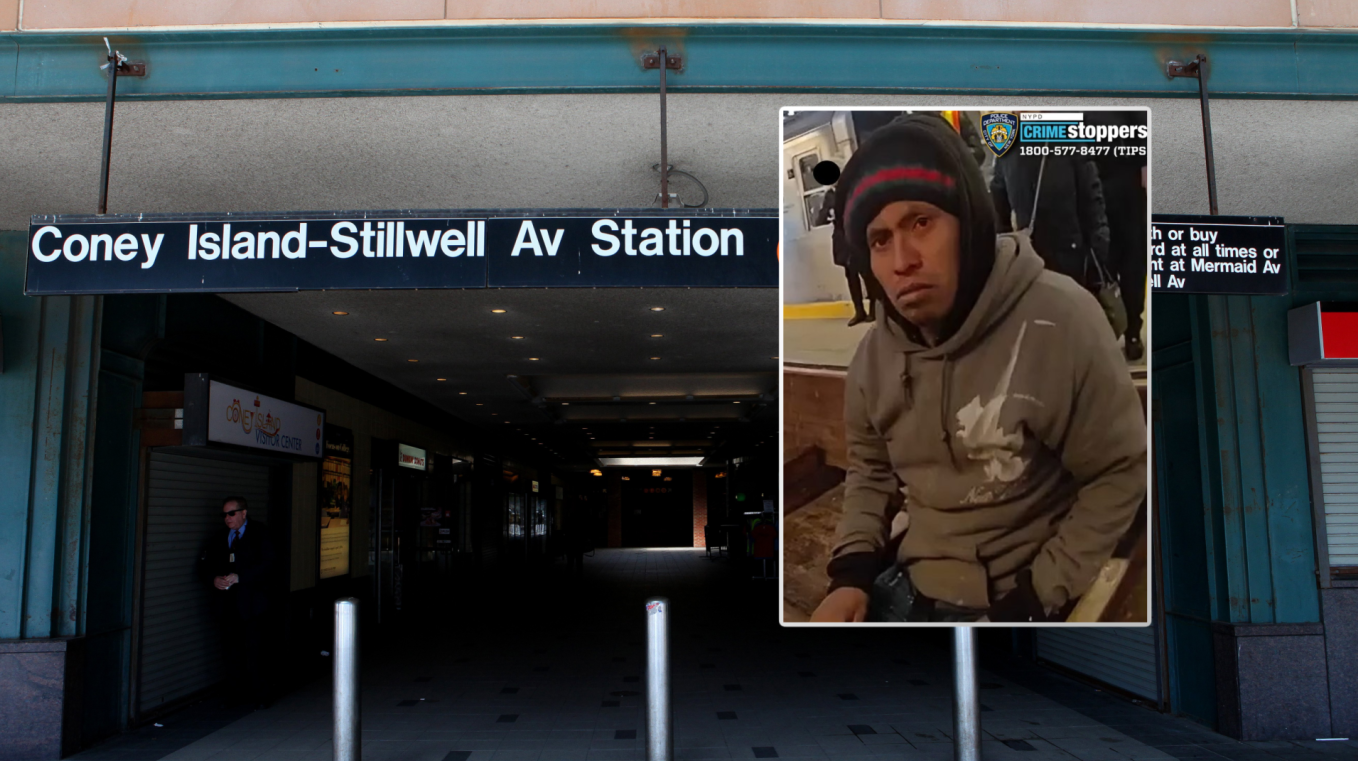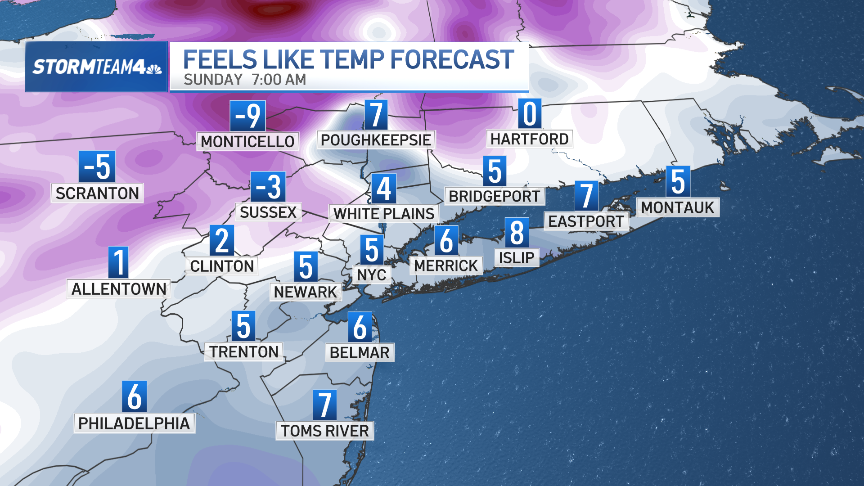What to Know
- When the COVID-19 pandemic began in 2020, the world shut down due to the public health emergency -- causing unemployment to rise and food insecurity to soar as a direct result.
- The increase in food insufficiency was just one of the many damaging impacts of the pandemic. In an attempt to curb this mounting issue, federal emergency programs helped to tackle, albeit briefly, the problem. However, after climbing out of the pandemic, many of these programs have ended.
- Nevertheless, inflation has created another burden for many as demand at food banks and pantries across New York State continue to increase due to mounting food costs.
When the COVID-19 pandemic began in 2020, the world shut down due to the public health emergency -- causing unemployment to rise and food insecurity to soar as a direct result.
The increase in food insufficiency was just one of the many damaging impacts of the pandemic. In an attempt to curb this mounting issue, federal emergency programs --- like the stimulus payments and the Supplemental Nutrition Assistance Program (SNAP) Emergency Allotments, as well as universal free school meals (despite the fact that schools were remote), and the Child Tax Credit -- helped to tackle, albeit briefly, the problem. However, after climbing out of the pandemic, many of these programs have ended.
Nevertheless, inflation has created another burden for many as demand at food banks and pantries across New York State continue to increase due to mounting food costs.
Get Tri-state area news delivered to your inbox.> Sign up for NBC New York's News Headlines newsletter.
With this in mind, the NY Health Foundation -- an organization that describes itself as committed to improving "the health of all New Yorkers, especially people of color and others who have been historically marginalized" -- looked into food insufficiency during the COVID-19 pandemic (from 2020 to 2022) in New York State.
According to the U.S. Department of Agriculture, food insufficiency is described as "households were, at times, unable to acquire adequate food for one or more household members because the households had insufficient money and other resources for food" in the last seven days. This differs from food insecurity which is defined as a household being unable to acquire adequate food because they had insufficient money and other resources for food, typically over a 12-month or 30-day period.
Among the key findings if the NY Health Foundation's study, which was published Tuesday, is that last year, nearly 1 in 10 New Yorkers, or 9.7%, reported food insufficiency -- an increase from 2021 when 8.6%, or 1 in 12 New Yorkers, said they experienced food insufficiency. In 2020, overall reported food insufficiency among New York households was 10.2% .
News
Additionally, according to the study, households with children experienced a drastic rise in food insufficiency more so than households without children. The study found that food insecurity increased twice as much in households with children from 2021 to 2022. Last year, 1 in 8 (12.7%) of households with children experienced food insufficiency.
Food insufficiency also increased by more than 30% for New Yorkers 65 years and older between 2021 and 2022, according to the NY Health Foundation's findings.
Households in middle-income groups also experienced an increase in food insufficiency. However, due to the income bracket many of these households are ineligible for emergency government programs, like reduced-price school meals.
Additionally, according to the study, food insufficiency also impacted Black and Hispanic New Yorkers at twice the rates (17.5% and 17.0%, respectively) as white New Yorkers (7.1%). However, across all races and ethnicities, food insufficiency increased most for Asian (41.3%) and Black (16.7%) New Yorkers between 2021 and 2022.
Given the results of its study, the NY Health Foundation also issued policy recommendations for the state and federal government in order to alleviate food insecurity. Among the recommendations are:
- Free healthy school meals for all students;
- Continue SNAP Emergency Allotment Benefits;
- Outreach for food and nutrition programs;
- Adequate funding for emergency food programs, such as the Hunger Prevention and Nutrition Assistance Program;
- Increase food access through online groceries since transportation is often a factor for people facing food insufficiency and insecurity. However, food delivery costs are also a deterrent so part of the recommendation is for state, local and federal agencies to partner together to compensate the cost of deliveries;
- Promote "Food Is Medicine" programs, which include medically tailored meals to improve health.
To read the complete study, click here.



